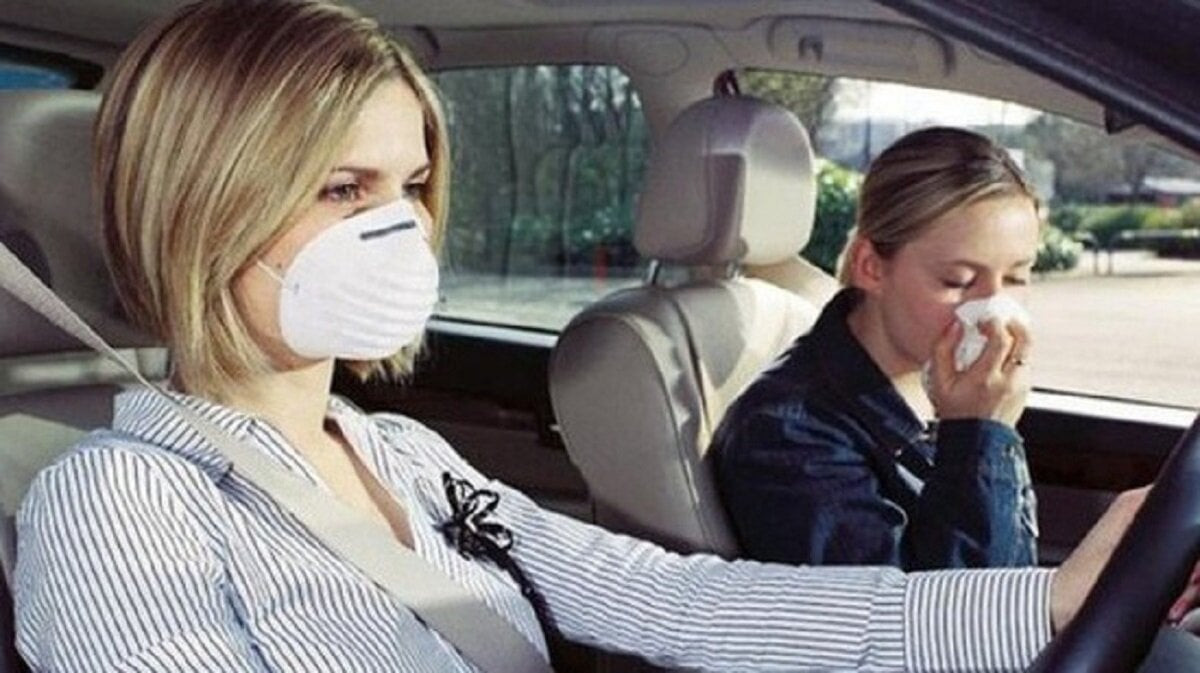One of the main reasons why people get car sick is because of the driver's driving habits.
Accordingly, sudden steering, sudden braking, shifting gears not “smoothly” or playing music too loudly can easily cause car sickness. Below are some driving tips to help passengers minimize motion sickness.
Maintain a steady speed, avoid sudden braking
When driving on the road, just a few brake strokes from the driver can cause motion sickness in sensitive people. Many experienced drivers always control the speed of the car at a stable level, without suddenly accelerating or decelerating. This driving skill not only ensures safety but also helps the car save more fuel and makes passengers feel comfortable, limiting motion sickness.

To maintain this, the driver needs to focus on observing, keeping a safe distance from the vehicle in front, detecting obstacles from a distance to reduce speed gradually. At the same time, use appropriate gears (for manual transmission vehicles) and shift gears smoothly according to the principle of "clutch out, accelerator in" to help the vehicle not jerk and jerk.
Steer as little as possible
Turning the steering wheel sharply and continuously on winding roads can easily lead to nausea and discomfort for the passengers. On the same road, some drivers turn the steering wheel a lot, while others actively adjust to turn the steering wheel less.
Many experienced drivers share that for left-hand bends, you should steer more towards the center of the road, and for right-hand bends, you should steer more towards the edge to get the smallest “cutting” angle. This helps to widen the radius of the turn, reduce centrifugal force, thereby helping people in the car to be less sick.
However, when applying this skill, drivers need to observe and strictly follow traffic safety rules, avoiding excessive "cutting corners" that can lead to encroachment on the lane of the opposite vehicle.
Keep your car clean and tidy
A clean, fragrant car or one without strange odors helps people in the car feel most comfortable.
At the same time, the driver also needs to arrange things neatly so that the passengers can have the most comfortable sitting position when moving. Sitting too tight or the seat is too upright can also make passengers more susceptible to motion sickness.
Rest in the middle of the journey
For long trips, allowing passengers to “breathe” fresh air for even just 5-10 minutes is extremely necessary to regain health and alertness during a long journey. Based on their route, drivers need to allocate appropriate breaks.
For highways, drivers are required to stop and rest at designated places such as rest stops, gas stations, etc. On mountainous roads, drivers can stop and rest in spacious, airy places with beautiful scenery so that people in the car can forget the feeling of floating and tiredness.
One thing to note is that when resting, drivers must absolutely comply with parking regulations, do not park on the roadway, in narrow roads, steep roads, curved roads with limited visibility... to ensure traffic safety.
Prepare necessary supplies and food
When the car is carrying many people, the driver needs to prepare some necessary items such as: nylon bags, tissues, clean water and some snacks... The above items should be arranged in each seating area and will be effective in case someone in the car gets motion sickness.
In addition, many experienced drivers also prepare some foods with pleasant smells in the car such as bread, oranges, tangerines... to help passengers somewhat forget the feeling of motion sickness.
VN (according to VTC News)